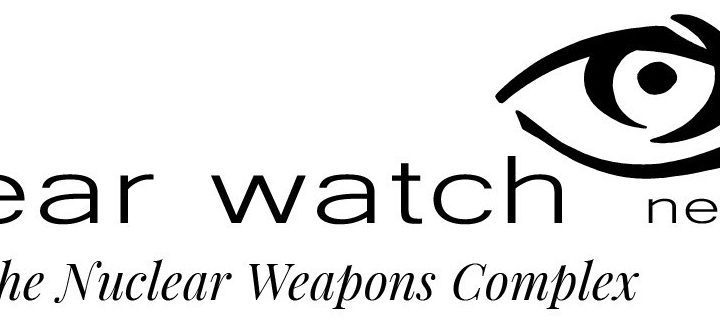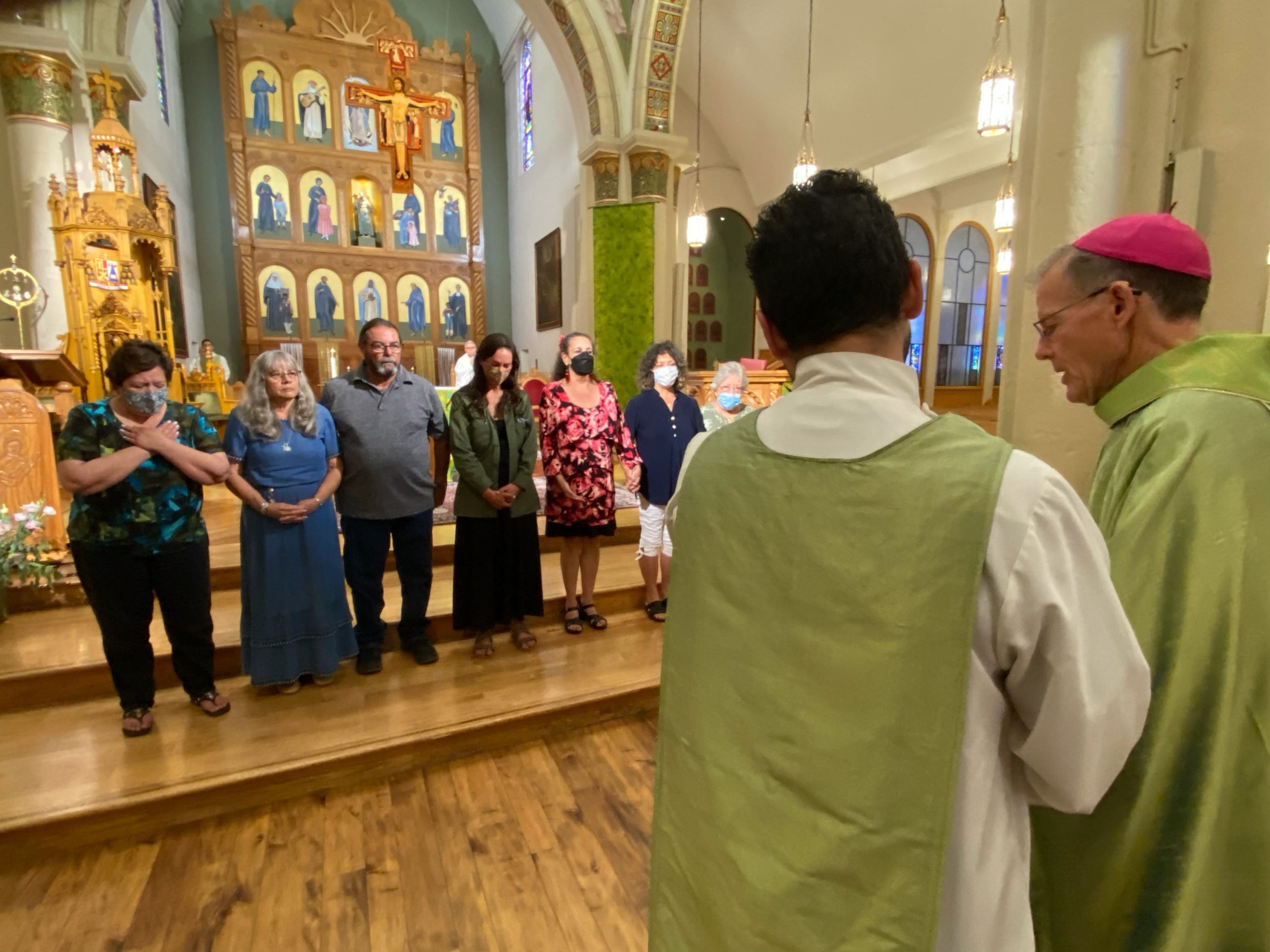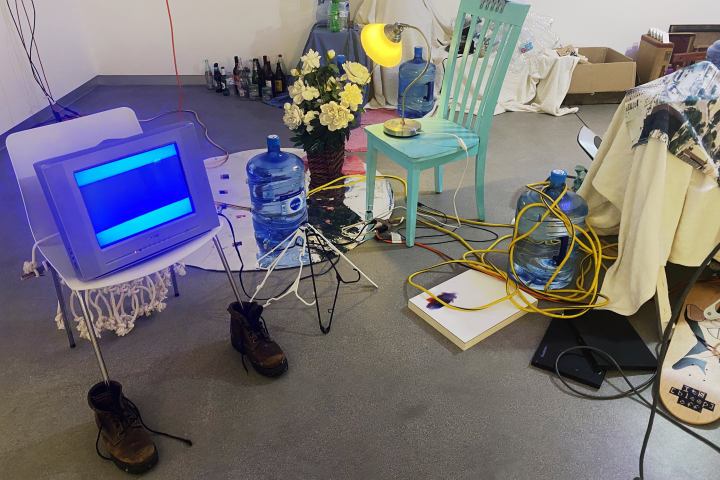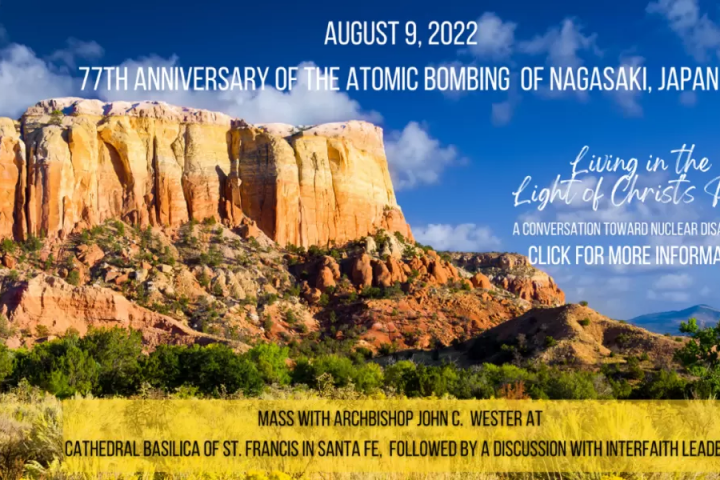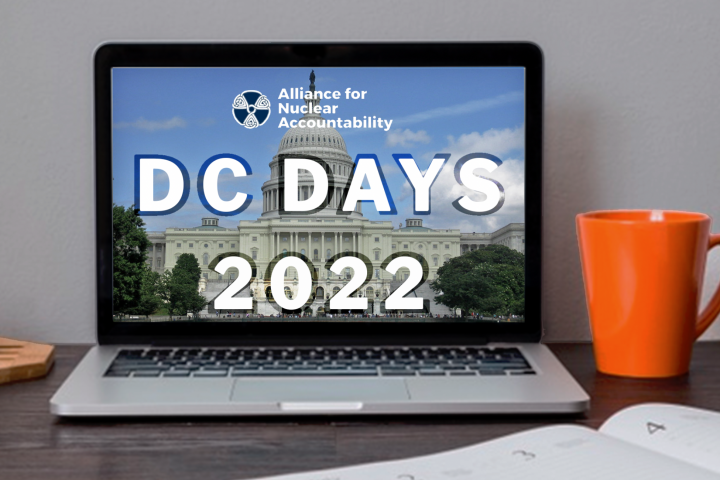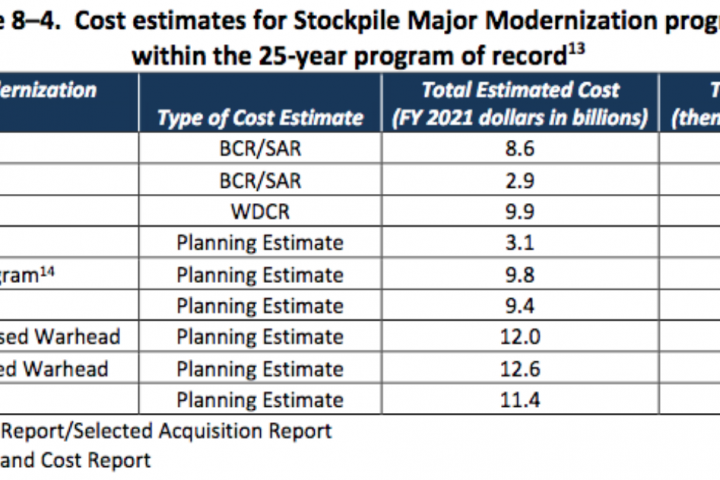Nuclear power is a trending topic lately. What’s missing from most of these conversations is the nitty gritty details of the nuclear waste produced from nuclear power plants, and how to handle it. In mainstream and social media, nuclear is often hyped up as a climate solution and the issue of what to do with the waste is promoted as being nearly or already solved. Unfortunately this conception is entirely inaccurate. Most people don’t think about the problem of nuclear waste on a frequent basis, however New Mexicans are often forced to confront it whether we like it or not (spoiler: most of us DON’T).
New Mexico has the Waste Isolation Pilot Plant (WIPP) in the southeastern corner of the state, where radioactive waste is stored in a salt formation repository located deep underground. WIPP has been open since 1999, and now federal regulators are currently considering another facility that would store up to 175,000 metric tons of high-level radioactive nuclear waste. The new repository is called a “HI-STORE Consolidated Interim Storage Facility” by Holtec International, the New Jersey-based company who owns the private waste facility, and the waste would be transported in from nuclear reactors around the nation. The Nuclear Regulatory Commission issued Holtec a license for this project on May 9, 2023.

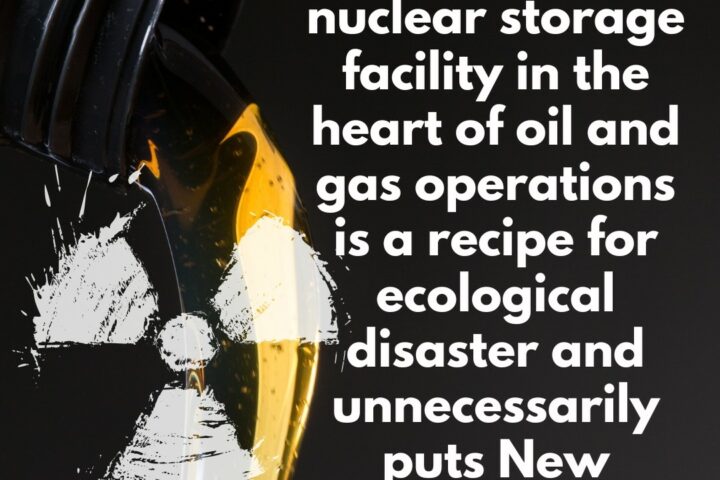
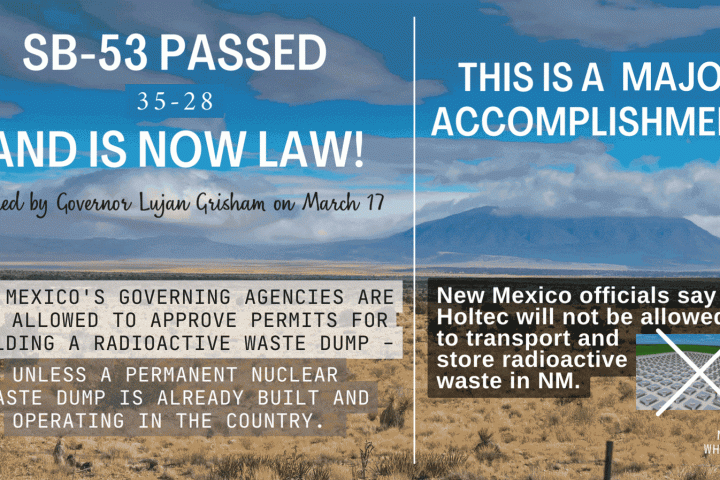

 NNSA’s Performance Evaluation Reports for its eight nuclear weapons research and production sites
NNSA’s Performance Evaluation Reports for its eight nuclear weapons research and production sites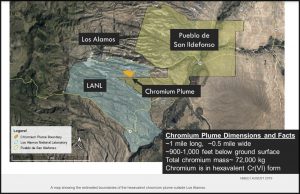 The real shame is how ineffective Lab cleanup of the hexavalent chromium plume is. First, even after 18 years, LANL and DOE still don’t know the boundaries of the plume, all the while claiming it’s not on San Ildefonso Pueblo Land (maybe LANL should deprioritize expanded nuclear weapons production and focus on that). Second, this is our common “sole source” (EPA special designation) aquifer that is one of the primary sources of drinking water for the cities of Santa Fe, Española, and Los Alamos, eleven Pueblos and all of the Española Basin’s rural areas. Third, hex chromium is the carcinogen made notorious in the popular movie Erin Brockovich. Fourth, it is estimated that 160,000 pounds of chromium were released up until 1972, but only 10% (i.e. ~16,000 pounds) has been recovered through extraction and treatment. When the head of DOE Environmental Management Los Alamos Office was asked where’s the rest of the chromium, Michael Mikolanis demurred and said that he would have to get back on that question.
The real shame is how ineffective Lab cleanup of the hexavalent chromium plume is. First, even after 18 years, LANL and DOE still don’t know the boundaries of the plume, all the while claiming it’s not on San Ildefonso Pueblo Land (maybe LANL should deprioritize expanded nuclear weapons production and focus on that). Second, this is our common “sole source” (EPA special designation) aquifer that is one of the primary sources of drinking water for the cities of Santa Fe, Española, and Los Alamos, eleven Pueblos and all of the Española Basin’s rural areas. Third, hex chromium is the carcinogen made notorious in the popular movie Erin Brockovich. Fourth, it is estimated that 160,000 pounds of chromium were released up until 1972, but only 10% (i.e. ~16,000 pounds) has been recovered through extraction and treatment. When the head of DOE Environmental Management Los Alamos Office was asked where’s the rest of the chromium, Michael Mikolanis demurred and said that he would have to get back on that question.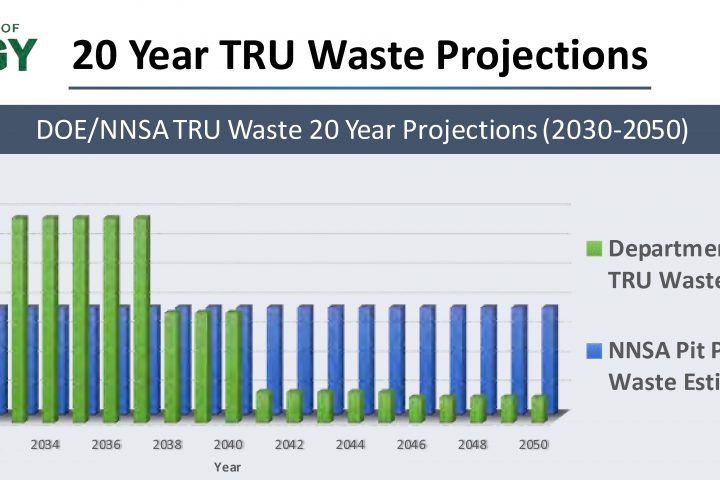
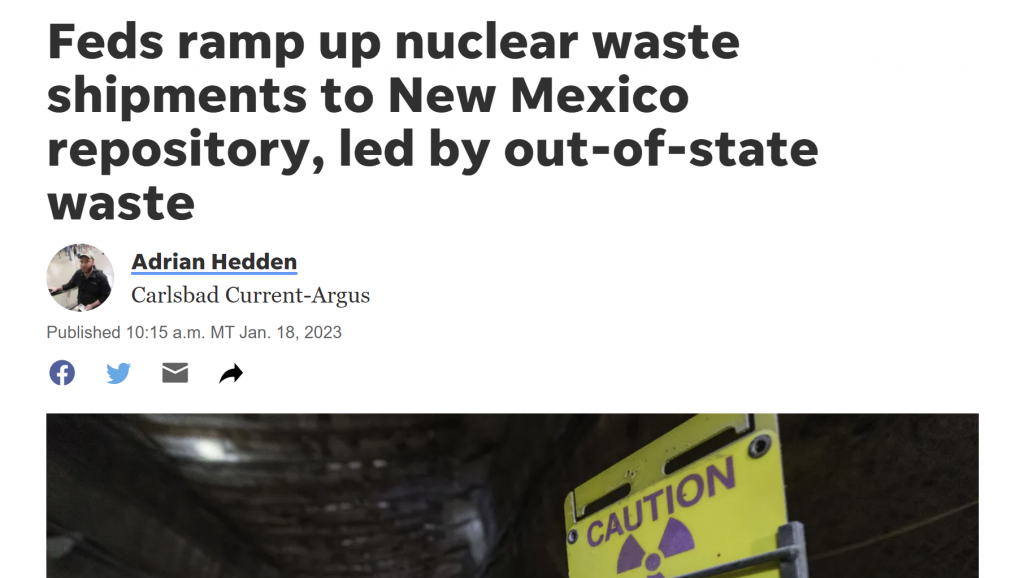
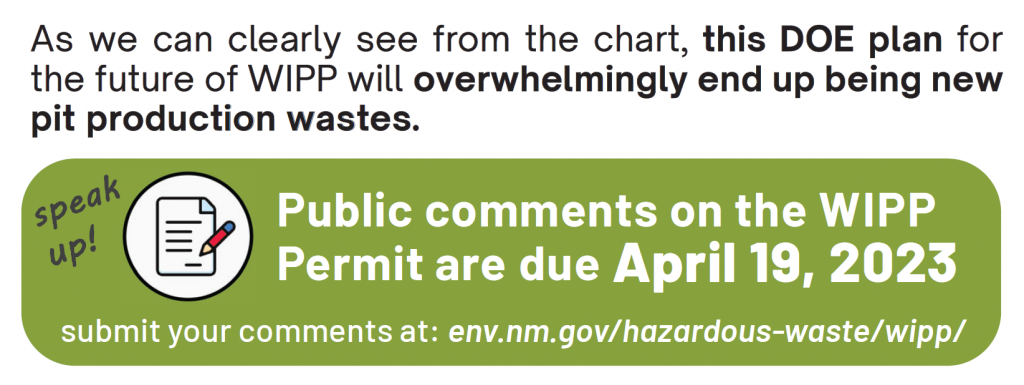


/cdn.vox-cdn.com/uploads/chorus_image/image/71550878/GettyImages_515016314a.0.jpg)


